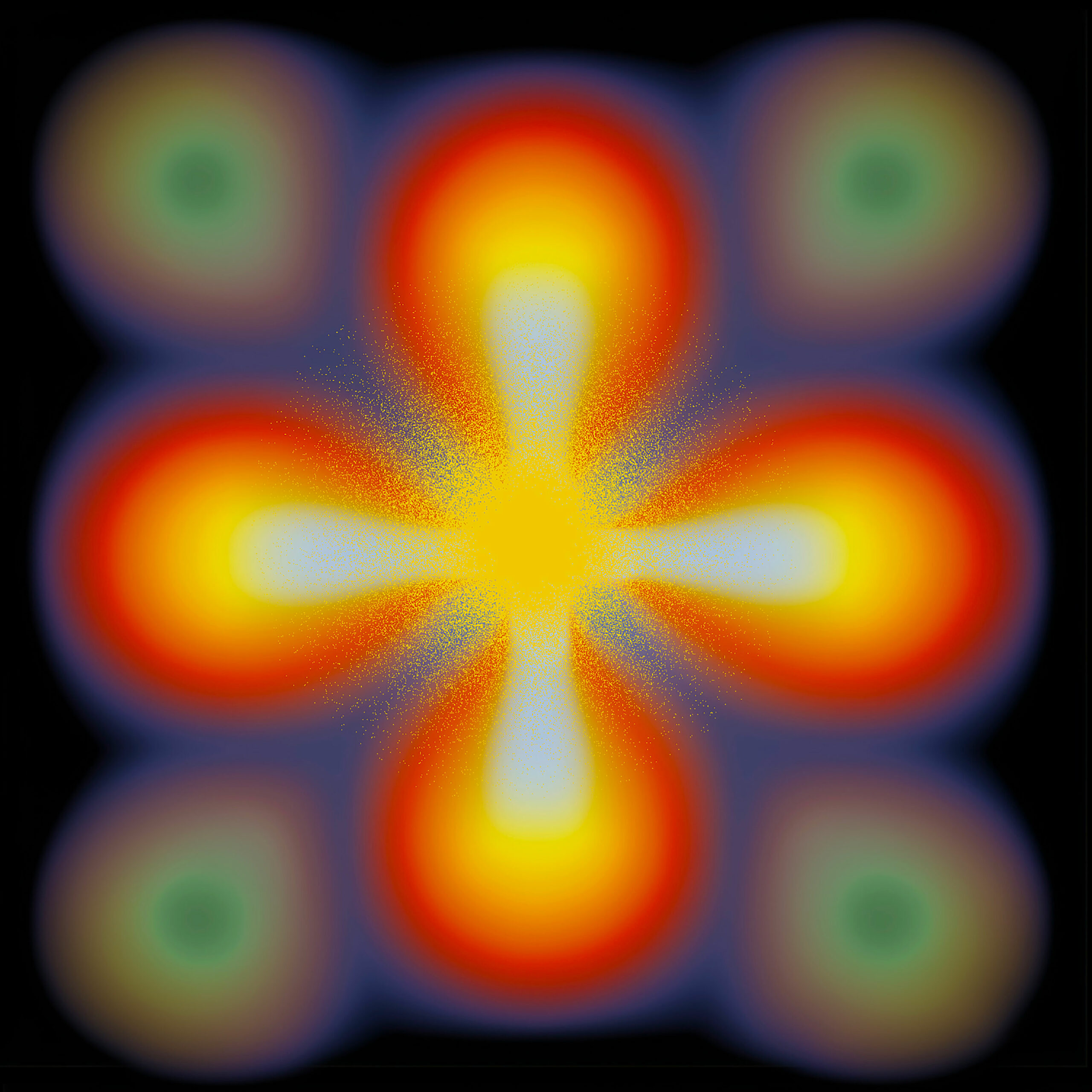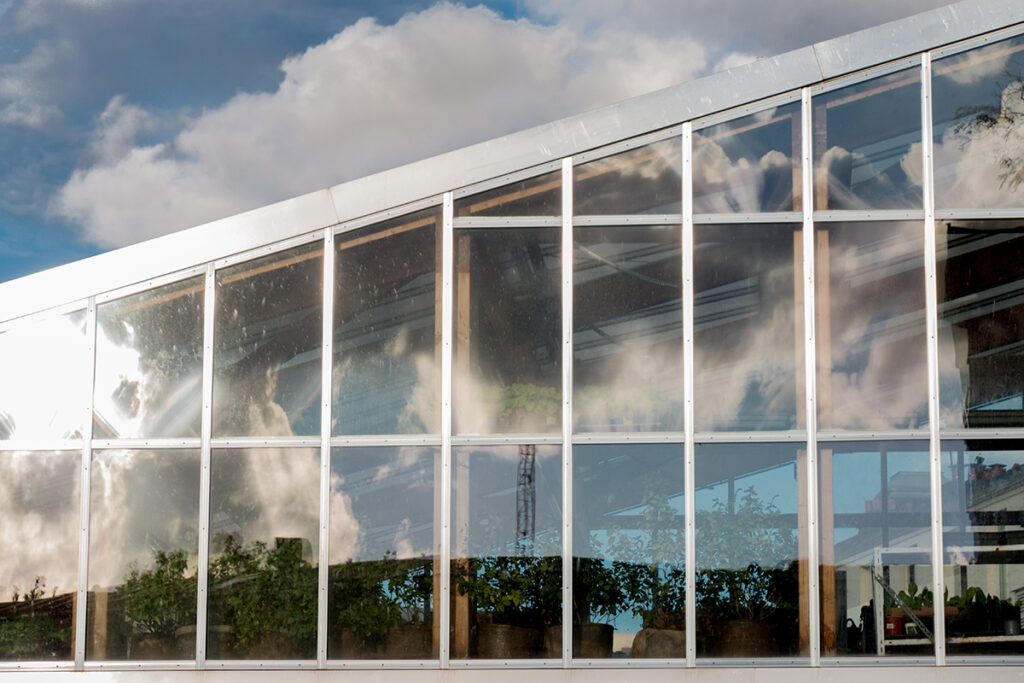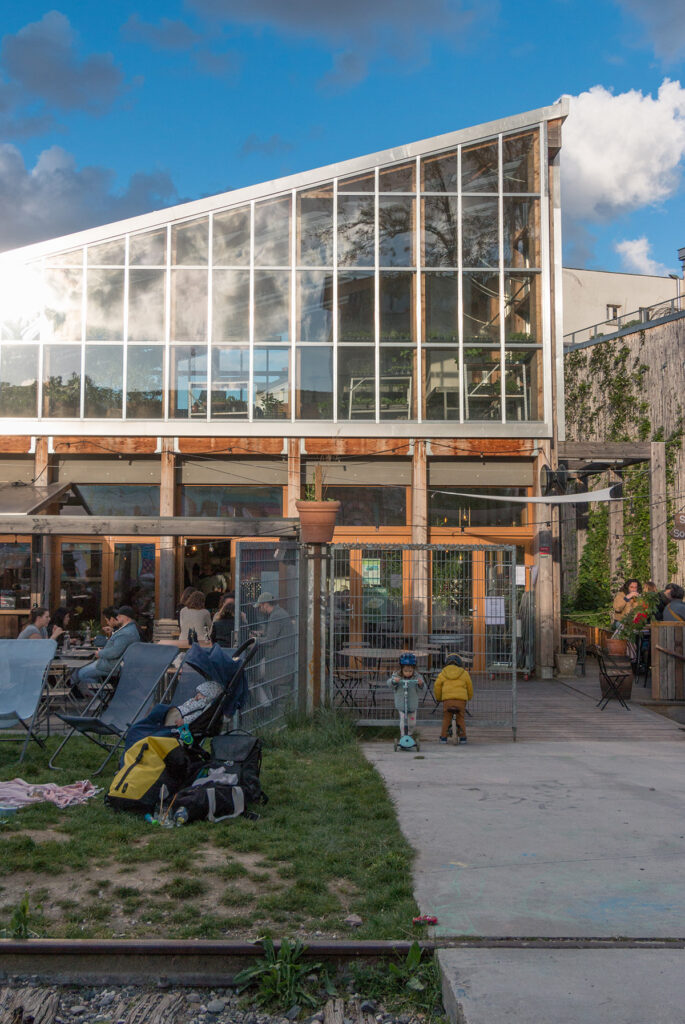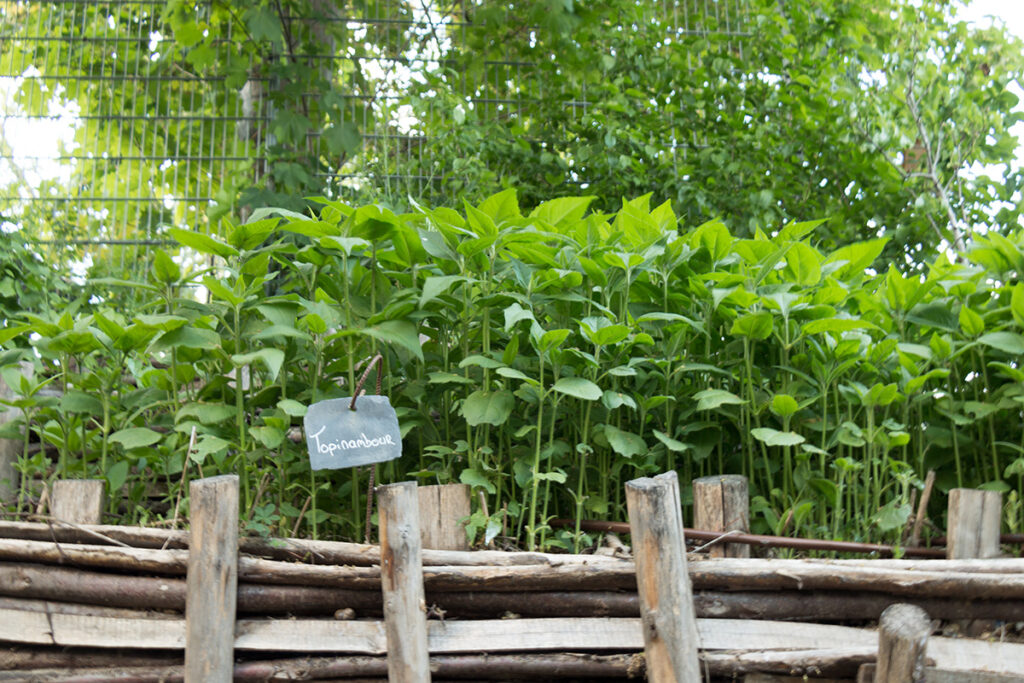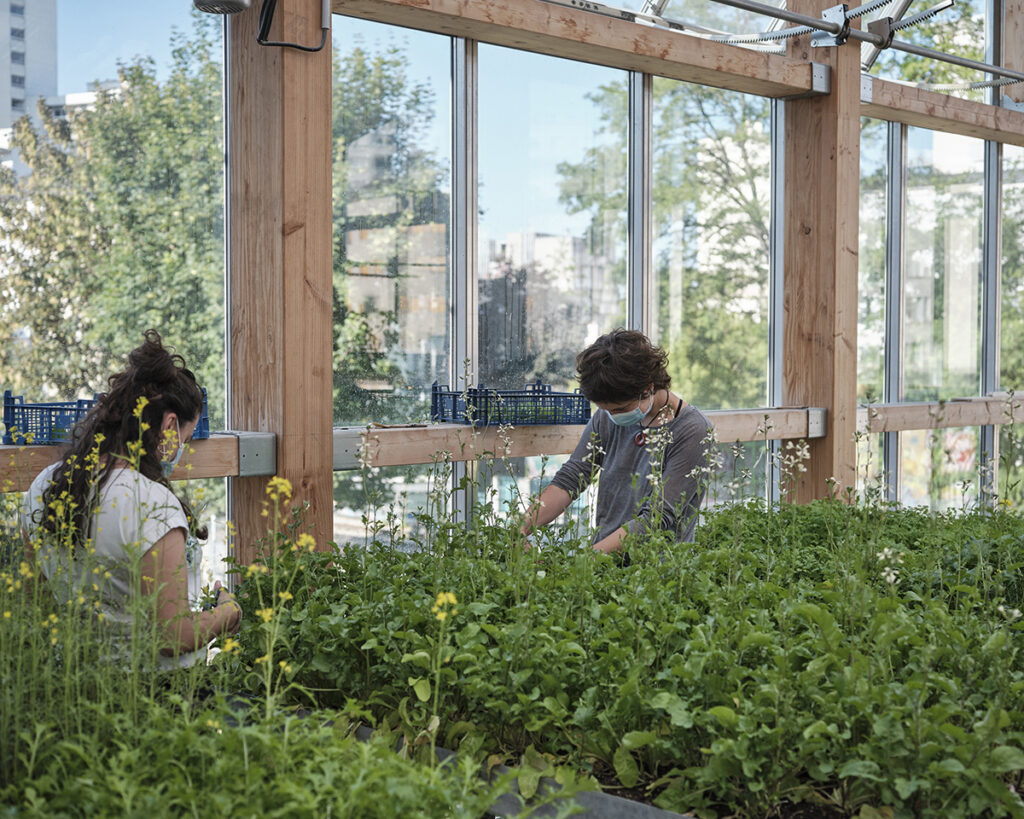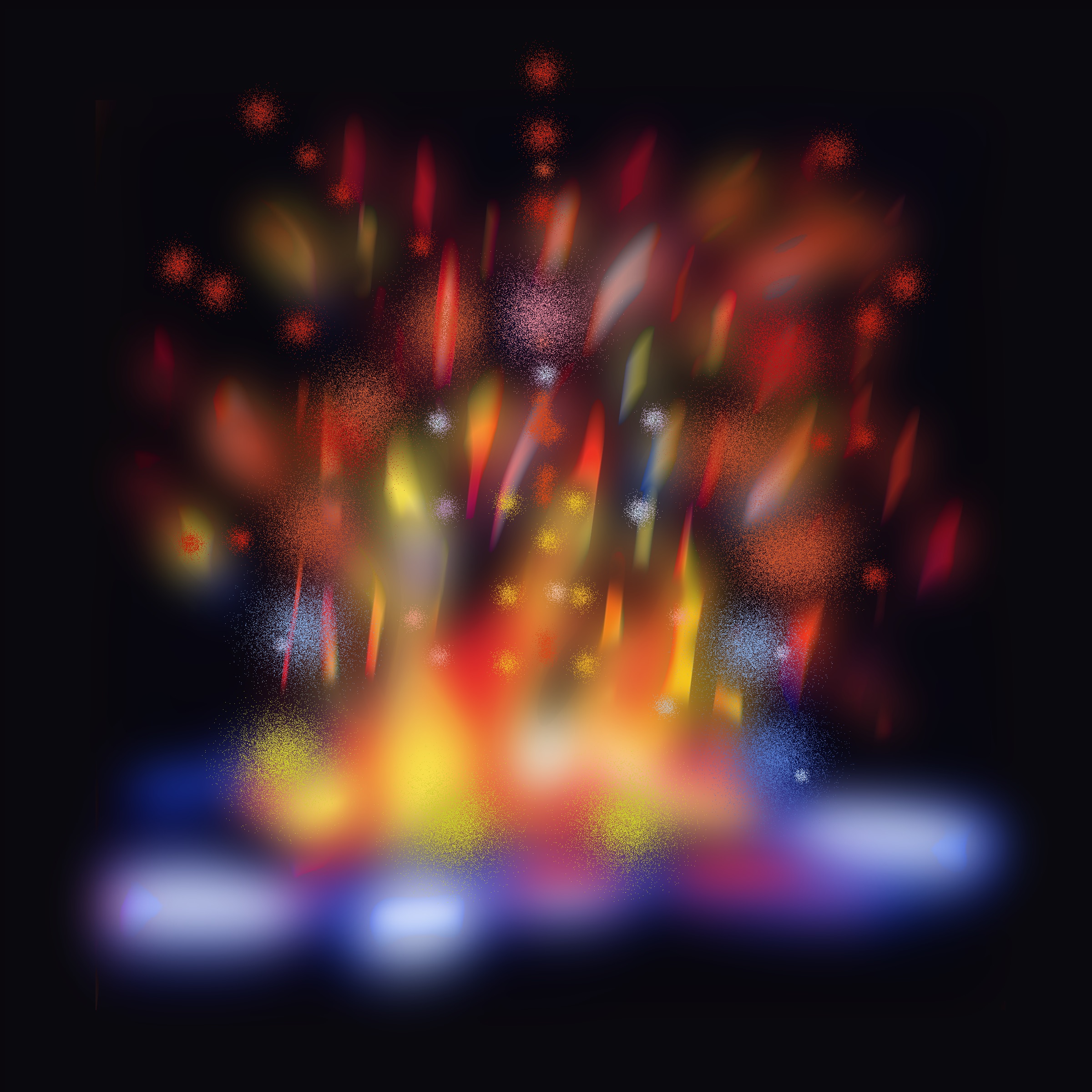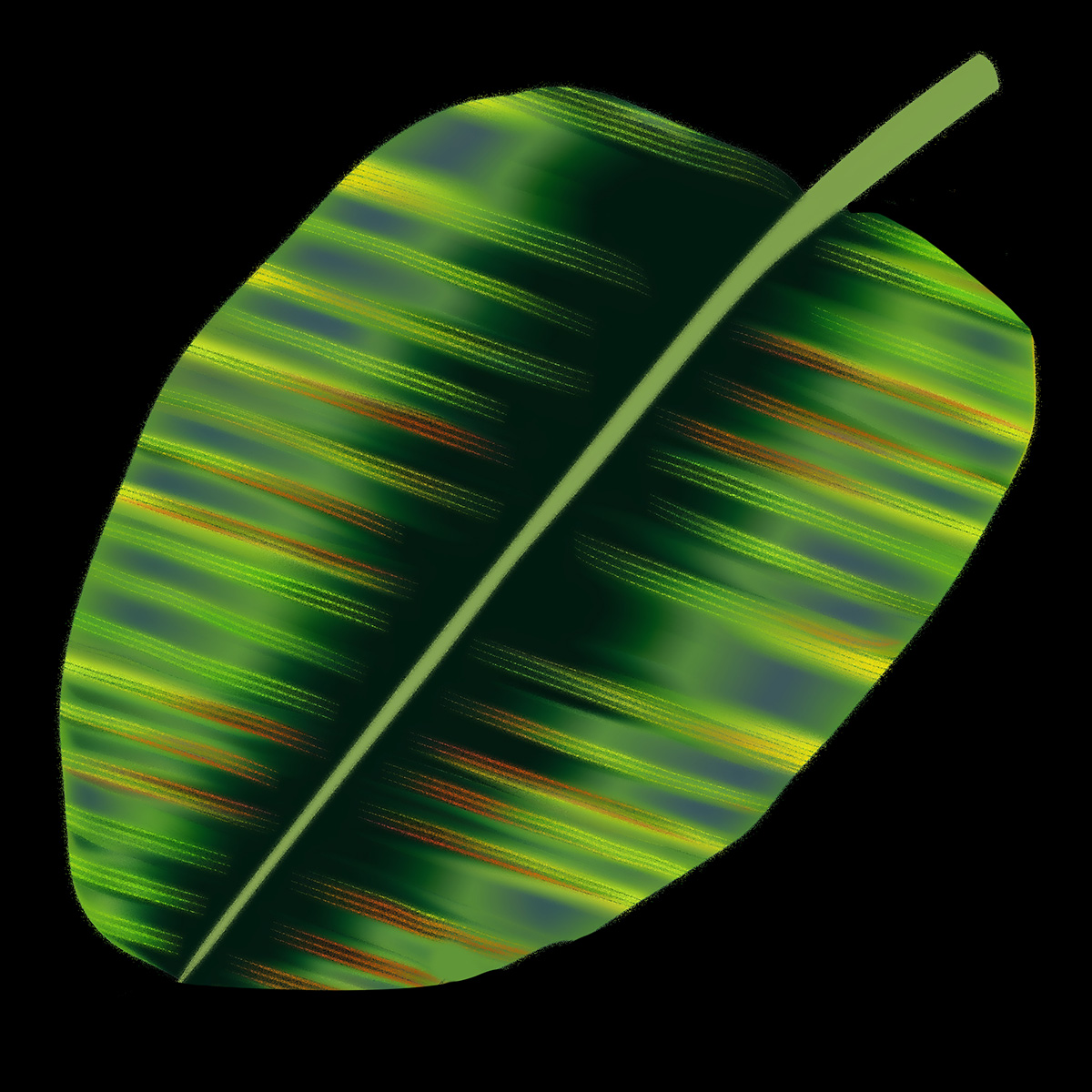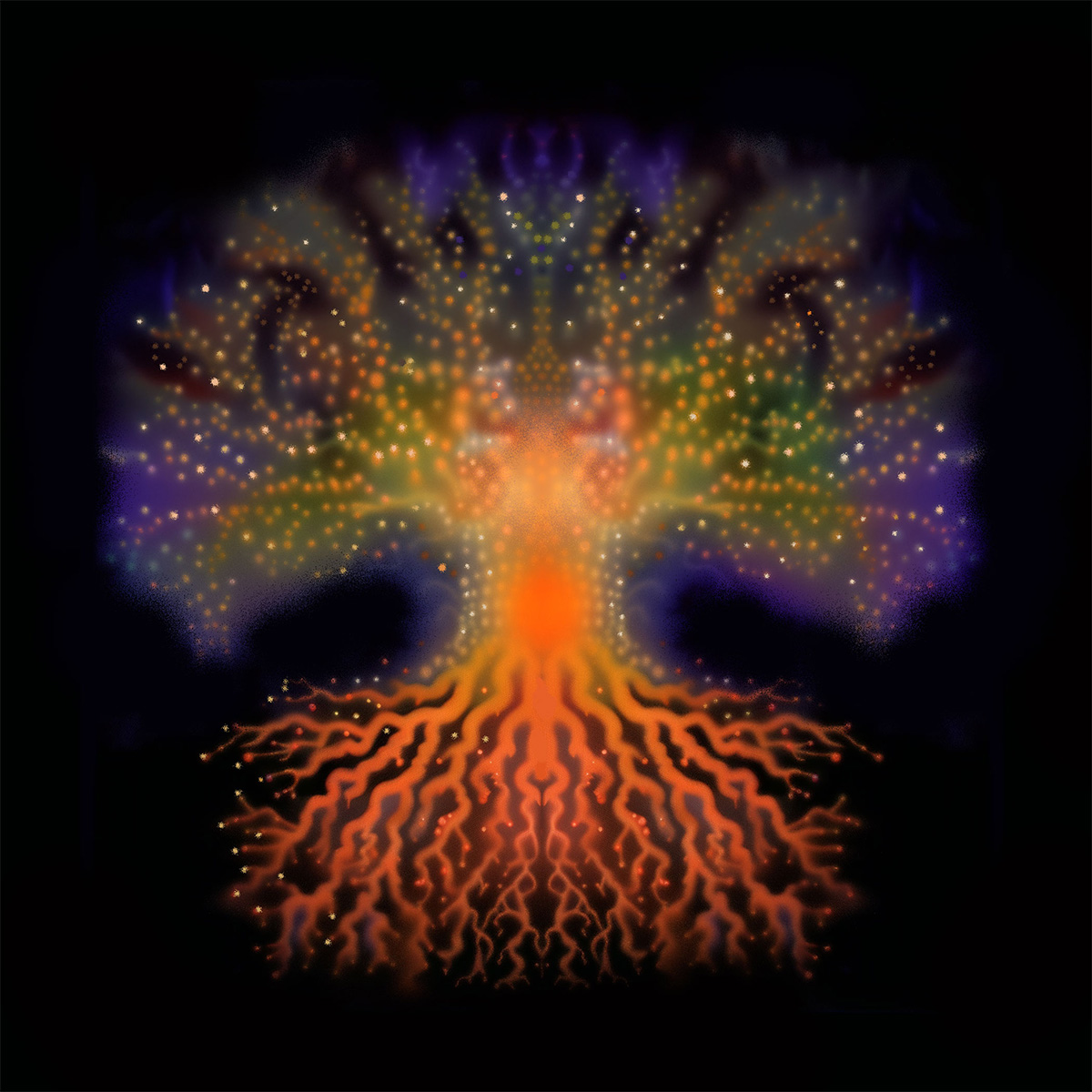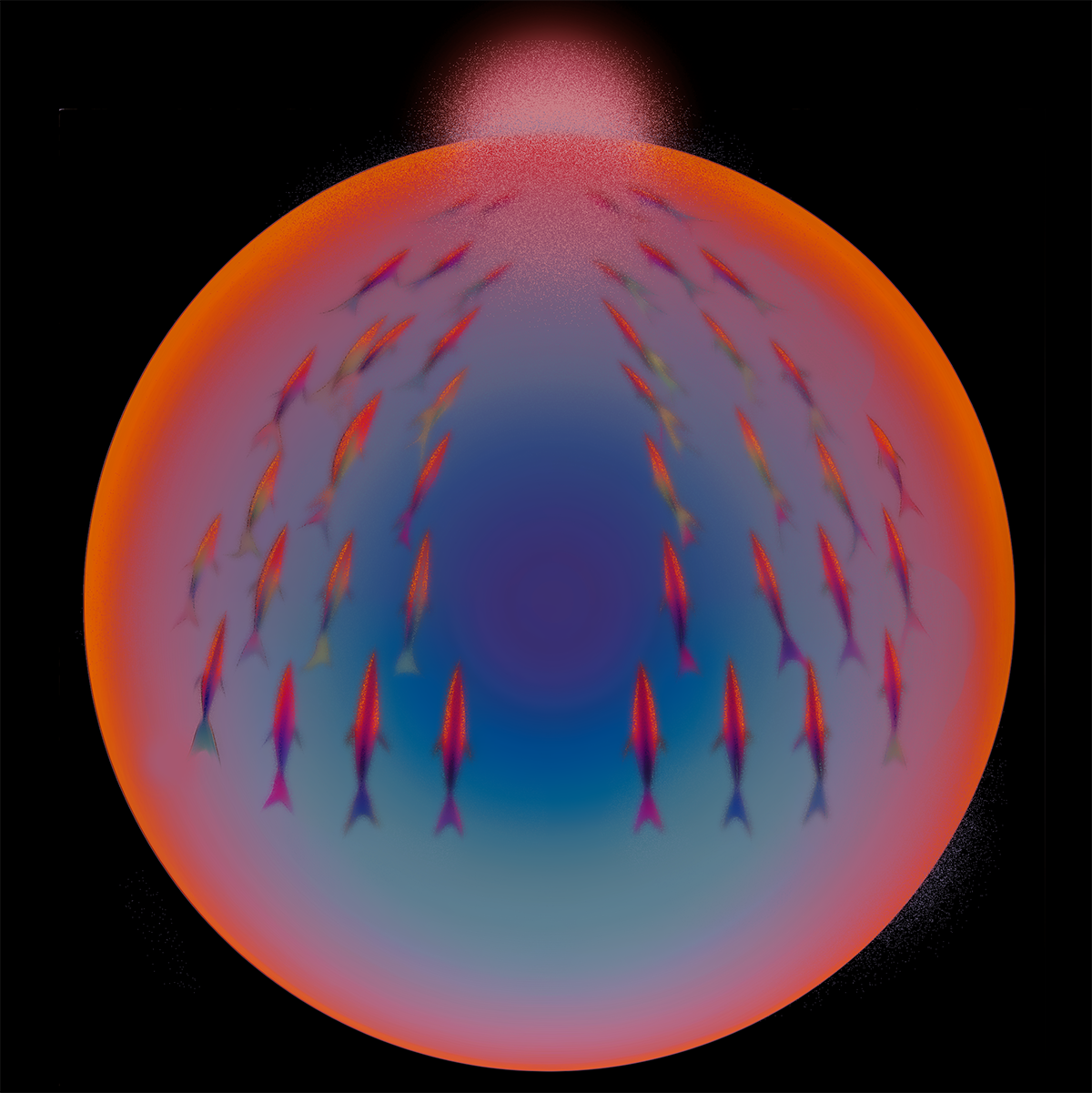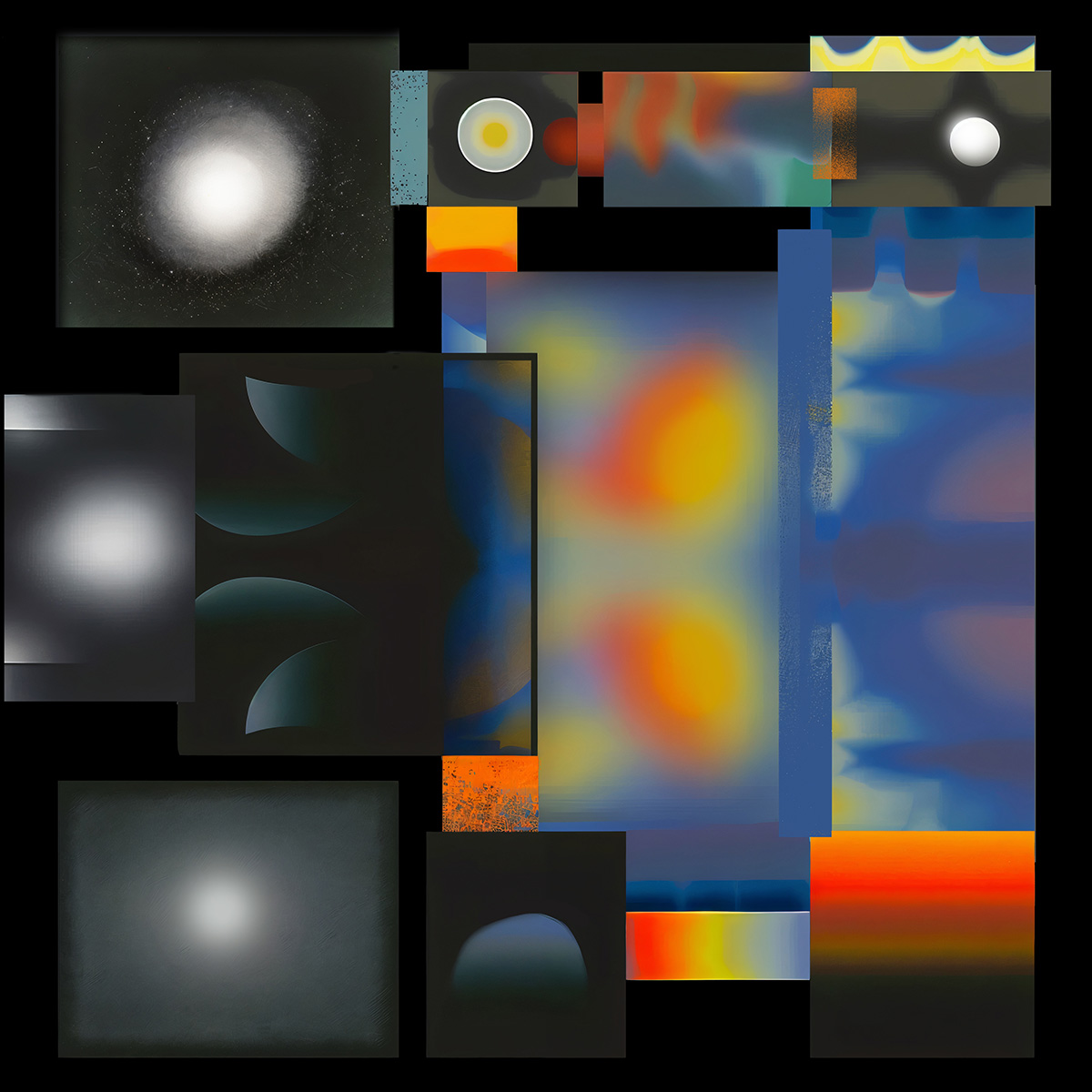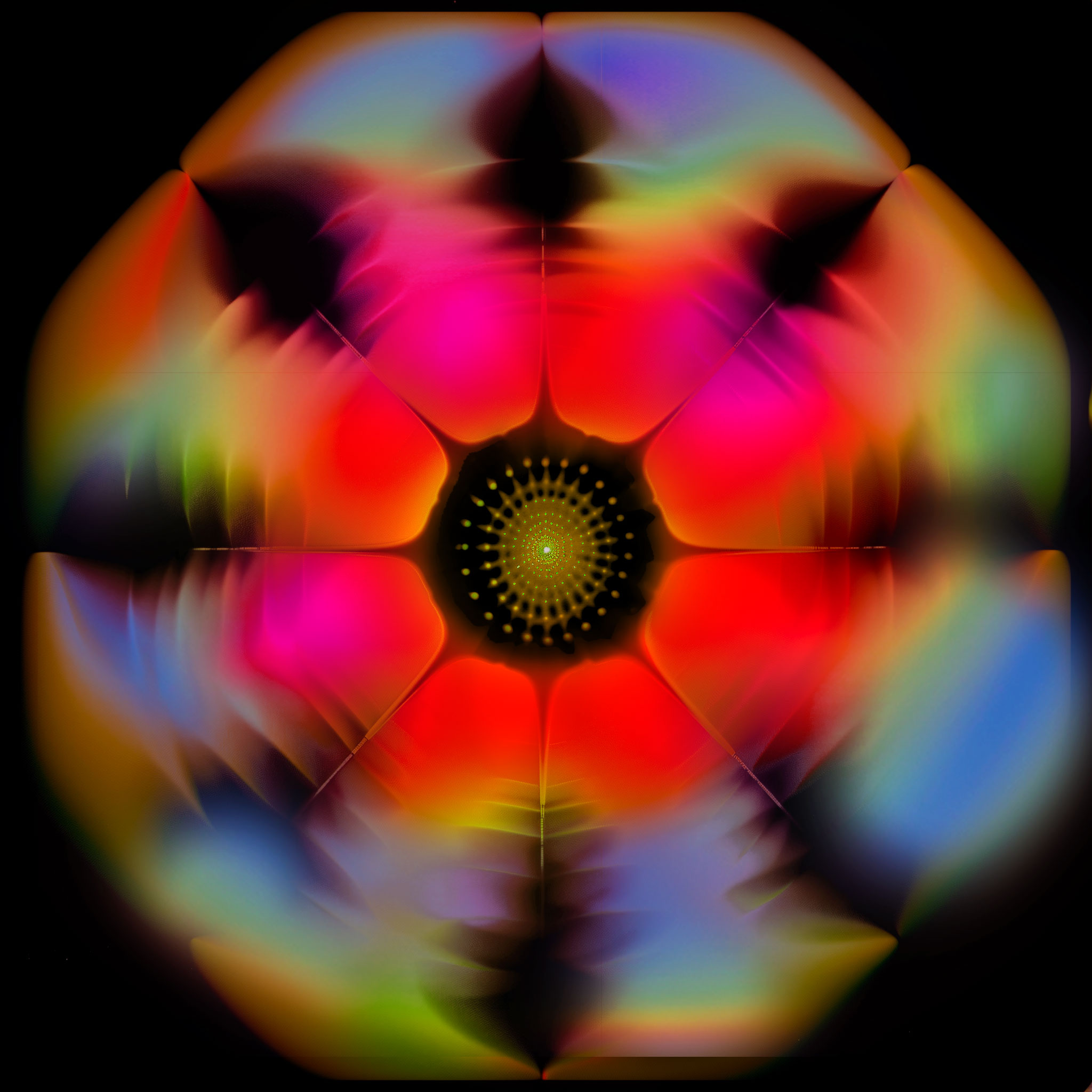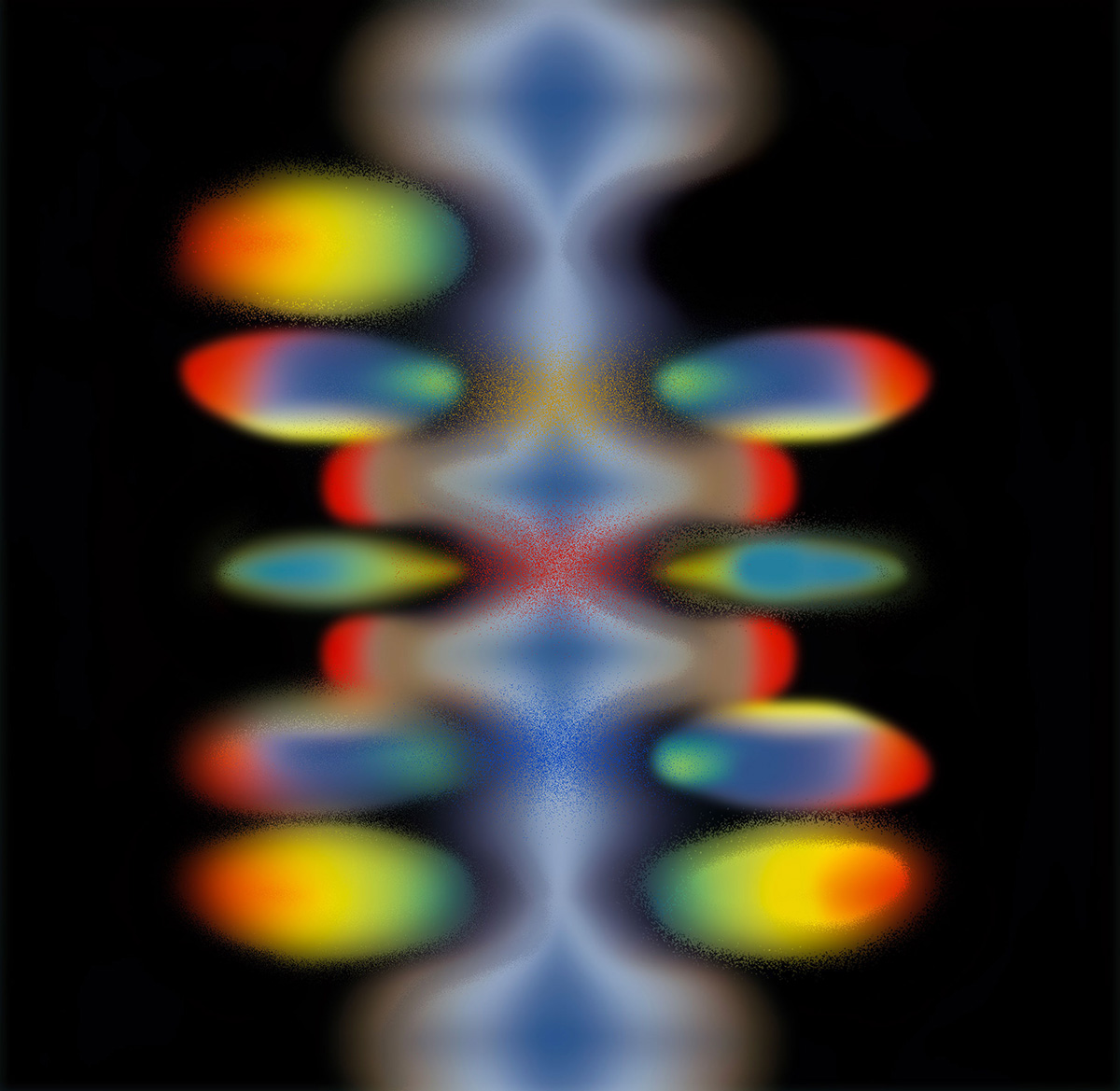relational architectures is a series that locates ways for design to operate through relationships built on solidarity.
Along the abandoned tracks of one of the oldest urban train lines in the world, is La Ferme du Rail, a farm, housing cooperative and neighborhood restaurant founded in 2019 by a local alliance of neighbors and visionaries in the north of Paris.
Beyond a merely productive or commercial space, La Ferme and its community have formed an active network that somehow materialize the desires of another form of urban existence; one that is reconciled with community, healing and de-growth. While this small piece of land might not be changing the course of development, consumerism or politics, it effectively enacts the possibilities of a new imaginary of ecological solidarities, cultivating relationships and connection.
The project was made possible after winning the 2014 call for innovative projects “Réinventer Paris,” a municipal initiative to foster “sustainable” housing on 23 public sites across the capital. The transformation of a former car garage, polluted with oils and tucked behind the rail arches, a 1300m2 site, was formed by the intention to materialize a vision of a just ecological transition, resisting the consumerist trap of some “eco-lifestyles.”
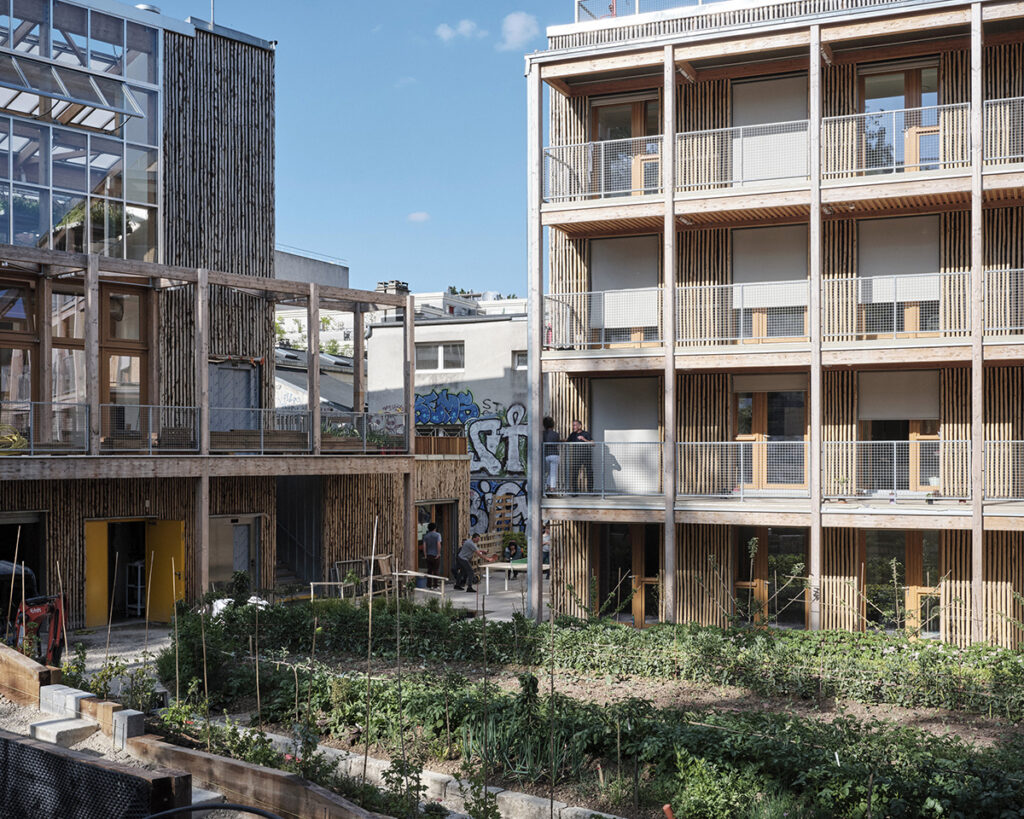
La Ferme’s vision is materialized in a specific program: fifteen transitional housing units and five student housing units; an urban farm with different productive systems; a neighborhood compost and recycling facility; a trade school in urban agriculture and recycling professions; and a regionally supplied and affordable neighborhood restaurant. The project was carried out by a constellation of local agents including a social architecture firm (Grand Huit), a housing cooperative, and an organization that supports vulnerable people in accessing apartment leases and jobs, in collaboration with a network of urban composting associations, recycling and repurposing collectives, and urban gardening groups.
The site was first activated as a compost collection center for the neighborhood in the 19th arrondissement. Composting activities kickstarted the production of clean local soil—for site remediation and future garden beds—but most importantly these activities sowed a relationship with the neighbors and the local community that gave way to the conception and realization of the Farm.
La Ferme now operates as a small hub of conscience and action at different scales; it serves as a market place where diners and regional farmers encounter, as an urban farm-restaurant where people meet for lunch, and a waste recovery facility where neighbors bring their recyclables and compost. The Farm also offers transitional housing to formerly unhoused people, together with formation opportunities to learn urban ecology trades, likes horticulture, woodworking, construction, etc. The student housing leases are based on a combination of monetary rent and mutual work, incorporating a form of housing sweat-equity.
We sat with Philippe and Clara Simay, respectively a philosopher and architect, both residents of the 19th arrondissement and part of the initial group that created Ferme du Rail. They co-authored a book about the process and the stakeholders behind the project, which has been operating now for almost four years. We reflected on the conception and functioning of La Ferme, and the many ways in which its existence challenges the paradigms of globalization by enacting methodologies of interconnected care, fair economies, local alliances and solidarity.
Axelle Dechelette:
I’d like to start the conversation by talking about the CSA community that you were part of, as you mention it was a point of departure for the ideas and vision of La Ferme du Rail.
Clara Simay:
The CSAs are a very structured movement and a very interesting model of economic relationship with farmers without intermediaries.1 Many people that were part of the CSA became founding members of the Farm. Since the beginning, La Ferme du Rail has been deeply anchored in the neighborhood life and its actors.
The second important aspect, is that the CSA allowed us to understand the networks of solidarity around us. At the beginning, I was not necessarily interested in the CSA itself, but rather by the possibility of having access to affordable organic produce. But when you meet the farmer, visit their farm, start relating to the seasonal products, a lot of questions emerge beyond the product itself. The CSA is an agricultural ecosystem that involves people, territories, logistics, all important questions that are also found in architecture, which we sought to incorporate in the Farm; the idea of a solidarity network with close and remote territories. So the relationship between the Farm and the CSA is the people and the logic of territorial solidarities, which lie at the heart of the farm.
AD:
Is the farm still linked to this CSA?
CS:
Yes, the CSA distribution is at the farm, every Saturday. Other food projects joined us, for example, the community gardens of the neighborhood (jardins partagés) who grow seedlings in the greenhouse, collect the compost from our garden and feed our own compost. It is a network of exchanges that take place in the neighborhood, and maybe the shortest supply chain in the world?
AD:
It’s become a bit of an alternative-economy distribution hub, hasn’t it?
Phillipe Simay:
Well yes, the idea was to eliminate the middlemen as much as possible, but that exists in many models for selling products; there are other AMAPs elsewhere, cooperative supermarkets, other food distribution circuits, many really interesting projects. What interested us from the beginning was the question of solidarity, which was central to the farm project: it was never exclusively about food. It’s always been about food and social issues.
AD:
Regarding the occupation of the land or the farm plot. You say that you’ve managed to set up a 50-year lease, finding a way of not privatizing the place.
CS:
The framework was the call for projects under “Réinventer Paris” launched by the city [in 2014]. The proposal offered the purchase of 20 municipal sites to private and multi-disciplinary groups. However, for us, in a very pragmatic and economical way, acquiring Parisian land was not compatible with the activities we were planning. In real estate developments, the principle is fairly simple: you take a loan from the bank, and propose a business model over a period of time to repay the loans, through rents, etc. But we had to keep the rents low for our tenants, who are mostly non-profit and solidarity organizations, and the only way to achieve it was to eliminate the cost of purchasing the land, which would have weighed too heavily on the investment. We negotiated with the City of Paris, who owns the land, for a long-term lease rather than a purchase. The city accepted this way of making the project viable and secure in the long-term, while valorizing the overall investment, the durability of our project in terms of materials and programming, allowing the project to set over a somewhat longer timeframe.
PS:
That’s a super important point. When you look at the alternative projects that are being developed today they’re often ephemeral. For example, there is a space that’s going to be developed in five years, but until then, one can occupy it and do a bunch of alternative, incredible, supportive, poetic, ecological, and other projects. While that is great, I don’t think it’s a good strategy, as in the end, you’re just creating value for a land that five years later will be taken over by the classic operators. Meanwhile, the site has been developed because it wasn’t squatted, it hasn’t been degraded, it has attracted a new public, it has become well-known. I always have reservations about what’s called transitional urbanism, because I wonder what kind of master we’re really serving.
To me, it seems fundamental, whatever the modality, to be able to build projects that are ecological and supportive, but also sustainable—in other words, to build a project that’s here to stay. Fifty years is a long time on the scale of a project; the question isn’t so much whether to buy or to rent, but to not give up on durable projects, and to take into account both ecological and solidarity issues. It can’t just be ephemeral, it can’t just be one-offs, it can’t just be transitory. Because it’s too easy to assign us to that position.
A few years ago, there were a lot of collectives that brought together architects, designers, artists and so on. It was great, the creativity was absolutely incredible; but a good number of these collectives actually gave up on projecting, in the classical sense of the term. The project is the moment when you touch the space for real. That’s when the political stakes become apparent, when you have to hold on to that space. I’m not saying that there shouldn’t be ephemeral things, but it’s fundamental to maintain this social and political dimension of architecture, where we are occupying space to propose another type of social project that’s worth defending.
AD:
Building back the commons is something very discussed right now. In New York there’s a lot of activism around land trusts, which is the institutional mechanism that exists in the United States to collectivize and protect land.
PS:
That’s it. If you want them to be common, you have to get them back. If you want them back, you have to buy them back, take them, secure them somehow. But if you’re told, “ah, it’s common for 24 hours, you can experiment all you want on it,” we’re not going to get very far. What is at stake in this appropriation of space, and what do we decide to do with it together? How can we think together about other ways of producing and sharing space? It’s a fundamental question.
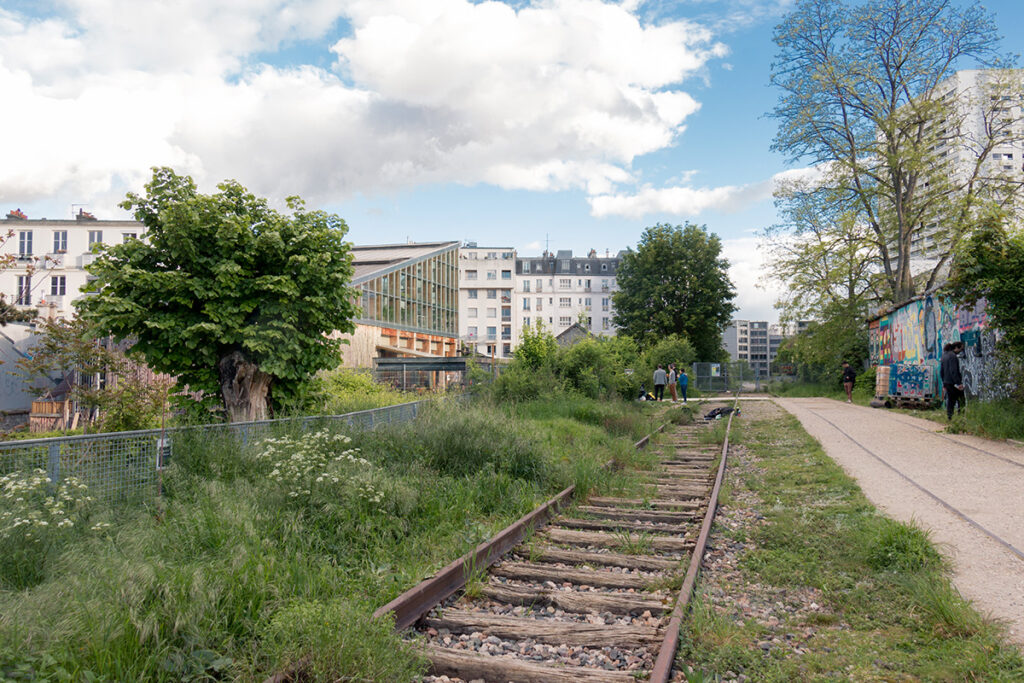
AD:
In your book you mention the adjacent Petite Ceinture, the abandoned railway line that circles Paris, is one of the few places in Paris where non-human living has evolved without the hand of man. What is the relationship with the Petite Ceinture and this somewhat wilder biodiversity with the Farm?
CS:
That intention was anchored very early on in the project by landscapist Mélanie Drevet, who was part of the initial team: to create and maintain a continuity between the farm and the tracks. The Petite Ceinture had a certain biodiversity that wasn’t extremely extensive either, and we looked to enrich it with features like the pond, to increase the presence of a certain type of Parisian fauna. In fact, the bird league came by and pointed out certain species not often found in urban environments. Bats are also present in the vicinity. It really allowed for continuity of movement in an urban environment.
PS:
It’s about being able to propose different approaches to biodiversity, or rather different approaches to living things (le vivant) in the city. There’s what’s happening in the parks, in the wastelands or in other spaces that are more or less controlled. We are near the Parc des Buttes-Chaumont or the Parc de la Villette, we have a permaculture garden, and we’re right next door to the less developed Petite Ceinture. All these different types of life show that “nature” can be all these different things. There are the real issues of cohabitation: which living things do we want to cohabitate with, and how does this raise the question of alliances? There are living beings we want to coexist with, but not necessarily share space with, and others with which we do. All these questions are really interesting because they enrich our culture of living things, which is generally rather poor. It’s perhaps about rendering these relationships visible.
These differences, or this plurality, have a value in themselves. I’ve read a lot about environmental ethics, the texts on wilderness and so on. But here we are in Paris, we’re not with wolves, bears, we’re with pigeons and rats. So how do we take care of the nature around us?
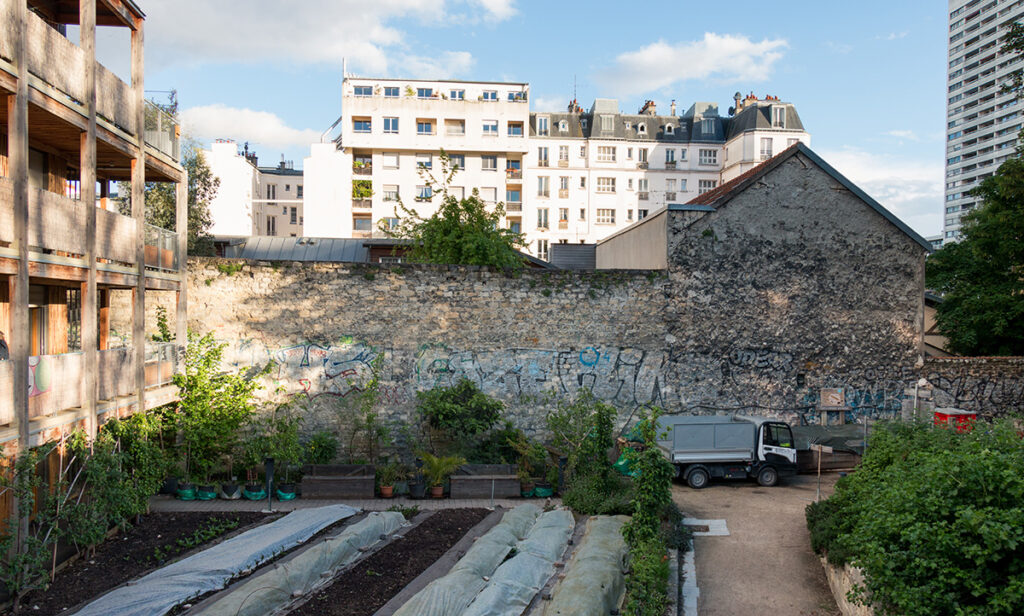
AD:
The Farm puts into perspective the relationship with the living, but also to precarity. You say that precariousness is a shared horizon for the living world, and the Farm is perhaps a place that creates a possibility of belonging in the face of climate anxiety, transformations and inequalities that are increasingly visible. I think these spaces precisely enable people to put into practice the possibility of a future and a tomorrow. Has your relationship with the farm, and the project altogether, had an impact on your sense of home and belonging?
CS:
It is certain that strong relationships have been built with the Farm, which has become an important anchor for us. And beyond us, this connection happens at the scale of the neighborhood, through all the other projects that came into being before and after. It’s a moment in the journey, of course, a stronger moment than the others earlier on, but still a step in the journey of a territorial belonging, built together with other forms of belonging. That’s part of the answer.
PS:
There were a lot of things in your question. Precarity is something that catches up with us all; we are now increasingly surrounded by forms of vulnerability from which we thought we were exempt. We’re seeing this with climate change and on economic issues. People feel financially insecure, life is more difficult, and there’s the feeling of being in a world that’s less and less stable, that’s fraught with geopolitical, ecological and economic threats; it’s a reality we’re all experiencing. We always thought that the project was an interesting space to fight against this anxiety, because doing something with others gives you a lot of courage. We don’t know what the world will be like tomorrow, but we have to do things and do them together. In all the disciplines involved at the farm we have this immense privilege: to be asked to act.
Action is a moment when you touch things directly with your fingertips, and it either works or it doesn’t. There’s something very reassuring about the tangible side of work: not to speculate, not to simply project yourself into the future, but to go out and test things directly. It is a source of pleasure, but also of confidence in the future, in the ability to collectively set a new horizon. That’s fundamental: if we don’t want to despair, we need to create a new vision.
The human adventure of Ferme du Rail is something that has given us a huge boost in our ability to say it’s possible, we can do things, we can carry them out and then it can last a long time, it can benefit a lot of people. And there are plenty of other people who can do the same thing, or something else. But we can do it. Action is fundamental to fight against the forms of despair that threaten us today.
AD:
I was thinking a lot while reading your book about an architecture of healing, an architecture for peace. Do you think that architecture, precisely by detaching itself from the architecture of objects, has this possibility of being a platform to heal?
PS:
Joan Tronto, the theorist of care, says we must move from an architecture of object to an architecture of relationships; with our environment, with plants, with animals, with beings; into relationships of mutual care. And that’s how we can get by…Architects have been drawn into the single god of the building, whereas, in the end, architecture is an incredibly rich political and social process involving many different players. That’s also what reclaiming the commons means: reclaiming the commons of architecture itself. We need to get people back around the table and get horizontal conversations, and to include even more people, especially local residents. That’s the architecture of the relationship. And then, of course, there can be a whole set of ecological and social issues in terms of solidarity. We need to reclaim a horizontal, multi-actor approach, whatever the issues we want to tackle. It means getting away from this obsession with objects.
AD:
Back to the object, I’m fascinated by all practice of material upcycling and reuse that was implemented at the Farm, such as composing parquet floors with old window frames, collecting stones from demolitions, etc. Did you know from the outset that you wanted to work with recycled materials, or how did these processes emerge?
CS:
The reuse wasn’t initially part of the project, but came up very quickly. There was a group working on this issue called Bellastock, who contacted us to use the farm for experimenting with their students; that was the starting point. And then, we started to consider every possible application of reuse, while always incorporating the social component. At the Ferme du Rail, the social integration companies that are at the heart of the project have long been involved in the recovery of materials. They had a well-integrated practice of reuse which made the work logical and easy; to look for all the materials we could find, work with craftsmen, and train people to work on these different projects with upcycled materials.
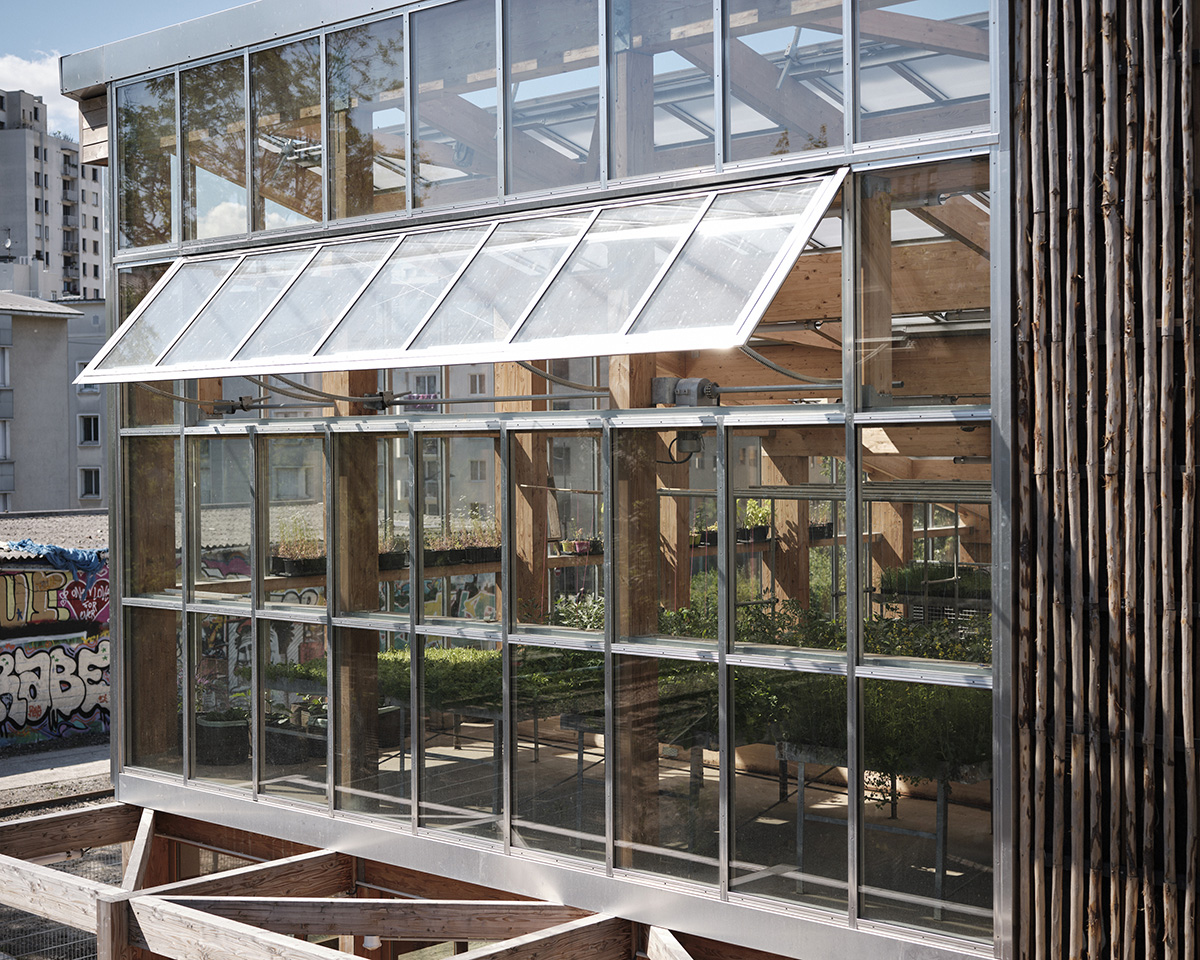
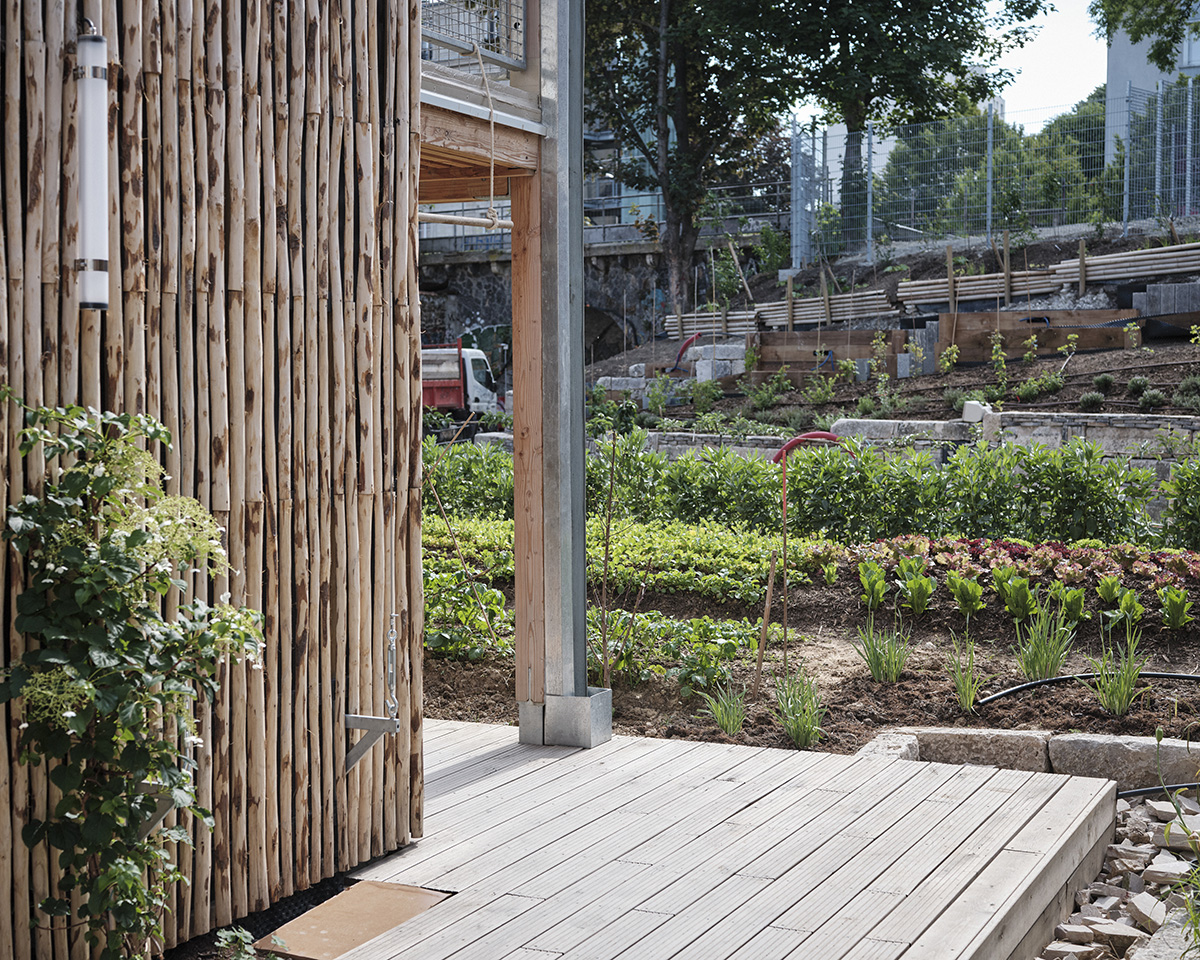
PS:
In the type of building we want to promote, we seek to have a minimal impact. When you see how architecture today is based on an extractivist and productivist ideology, how do you propose alternatives that consume as few resources as possible? Reuse was quickly imposed, and also bio-based construction, such as creating wood structures filled with straw, which can be considered as reuse because straw is not a material grown for its own sake. Wood can be said to be ecological, but it doesn’t really mean anything because today wood comes from clear-cutting monocrops, not even forests. How can we re-politicize our relationship with materials, so as to challenge the dominant construction systems? We think that reuse has an obvious political dimension.
Compost is the same thing. Compost is, in fact, bio-waste. We’re just recovering what was going to be thrown away. That’s what Clara was saying; reuse wasn’t at the very beginning of our thinking, but it quickly became obvious. And now it’s really at the heart of our concerns in how we approach the project. It’s really about using materials that have the least ecological impact and the maximum social impact. And finally, when you do reuse, you fight so that the money doesn’t go into new raw materials you don’t need, but into labor. Just think about it: we’re fighting for money to go to people, and not to materials that are ultimately useless because everything is already there, available. It’s a political battle.
At this moment Clara had to leave the call.
AD:
To wrap up, could you discuss more about the idea that the farm, rather than an example or a model, is a methodology.
PS:
There are a few things I can say.
The first is that we’re often asked, “is it replicable?” And I think that’s a bad question, as if in the end, the value of a project lays in its ability to be reproduced on many different scales or a large number. And we think the opposite: we believe that the value of a project lies precisely in its non-reproducibility. In other words, to be obliged to redefine a set of relationships here and now. It’s not something you can reproduce mechanically, but that you have to redefine. It’s like relationships: you can change partners, but if you reproduce the same relationship system you had with a different partner, it’s not going to work, and it’s not interesting. What’s interesting is to redefine this relationship system each time. We were talking about the architecture of relationships, and that’s exactly what’s important. We’re always asking people who do ecological architecture: “That’s all well and good, but is it reproducible?” And that’s it. What can be replicated is a state of mind, a way of asking questions, a way of creating relationships. But you can’t reproduce this system of relationships, you can try to invent it, to recreate it elsewhere. For me it’s really important not to fall into the trap of reproducibility and change of scale.
AD:
So, would you say that the same questions can guide different projects, but that it’s up to each person to find out?
PS:
That’s what it’s all about: creating solidarities on a territorial scale, linking territories together, working with local players, working with local materials, not dissociating environmental and social issues. These are all things that can be applied to other types of completely different projects, such as, automotive projects, textile projects, and so on. But after all, the ways of doing things are unique each time, because they involve local players, specific territories. That is for me the absolutely fundamental point.
The second thing is that there is a need to convince other people that they can do it too, that it’s not exceptional, that it’s not incredible. I find it pernicious to be praised for being pioneers…You have to be careful with medals as they always have a backside. It’s all well and good to say you’ve done this, you’ve done that, look how innovative they’ve been. Reuse is the oldest practice in the world; earth is the oldest material in the world. It’s important for me to show that anyone can actually undertake this type of project.
What I honestly think made this one work is that we were people who actually knew each other: it’s still a question of the architecture of the relationship, it’s a question of inter-knowledge links. It’s not a team that’s been put together on paper on the basis of skills. We were people who knew each other, and this interpersonal dimension of trust was fundamental, because projects like this involve a lot of uncertainty, a lot of problems, a lot of headaches. And if we don’t know how to talk to each other, because we don’t know each other, we only put our skills forward like badges. It’s difficult to create a space that is precisely a space for relationships. After that, you can see what works, what doesn’t, what can be avoided; there are always issues.
For example, we still question the synergy with the private restaurant who rents from the farm, or how we can strengthen the bond with the people who live on the grounds. But you know the expression, the best is the enemy of good. You don’t necessarily have to tick all the boxes, you have to create synergies that involve more people. You asked at the very beginning if other people had joined the farm: that’s what’s important. We started with one thing, then other people joined, and at the end you have all these people who had nothing to do with each other, but who recognize themselves in the project, and this creates networks in a neighborhood. That’s when you’ve succeeded: it’s not the project, the object itself, but the ability to create channels and networks, to which people can give continuity to. Whether you’ve succeeded with certain things or failed in others, you’ve created the resources for others to keep doing the work in their own way. And the more we do them together, the stronger we feel, the more capable we feel and the more confident we are. We need to draw ourselves a new horizon, but we can’t do it intellectually; we’re caught up in too many hard, negative and frightening things. And it’s through joint action that we can collectively restore our confidence. We need to keep each other warm in action.
AD:
I think it’s a nice conclusion; it’s all about working the relationships.
PS:
That’s all there is to it, everything is a relationship. Even for the most beautiful ecological architecture, if it’s a terrible construction site, what’s it worth? You’ve got your super green building, but if you built it by paying people badly, treating them badly, not respecting bodies, what’s your ecological architecture worth? Here we are doing organic farming, under decent working conditions and decent remuneration. Otherwise, your organic vegetables smell like blood. That’s the shift we need to bring about; it’s not just about the planet, it’s about our jobs, our profession, it’s our way of being with others. When you achieve this quality of relationship things are actually more interesting. There’s more pleasure, more happiness in working on the sites when you’re doing an integration or reuse site. You can’t just show up and say, “What kind of work is this? It’s badly done, start again.” You have to be there all the time. You have to work with the craftsmen; they’re the ones who’ll teach you. You’re not the architect who knows. So, in fact, you learn things. Isn’t that better? The construction process, which was a place of incredible richness has become the worst place of social and economic violence. So, you see, the relationships are already at this scale. If we manage to win them back, all kinds of really interesting things will happen.
- 1. Community Supported Agriculture, used here to translate the equivalent model in French, AMAP, an acronym for Support Organization for continuity of farmer agriculture.
